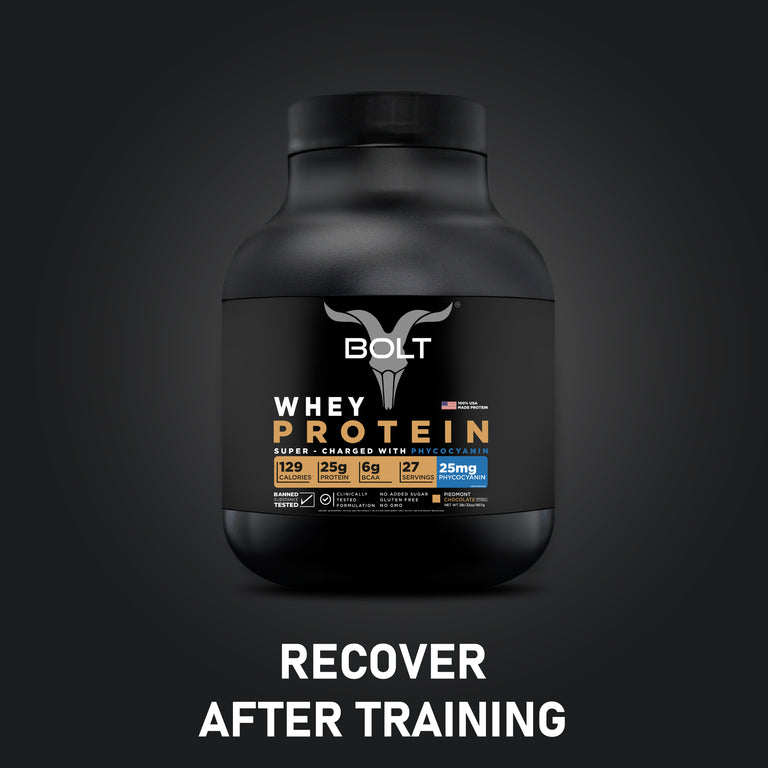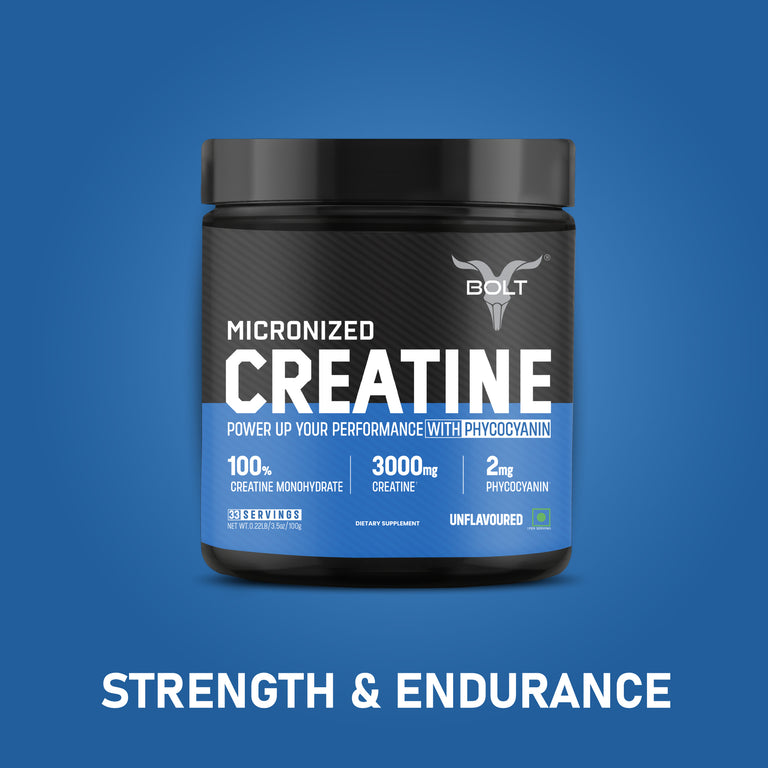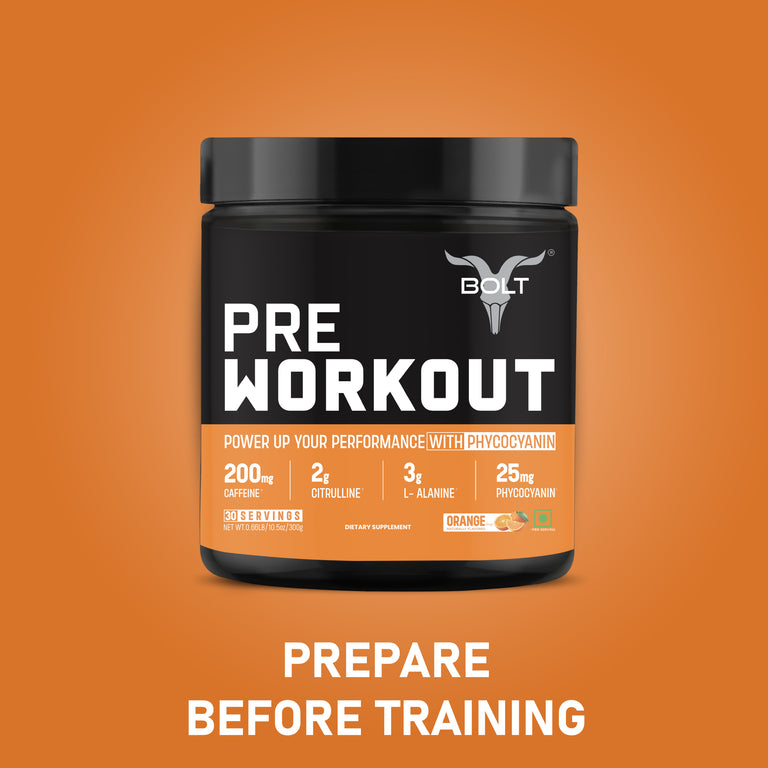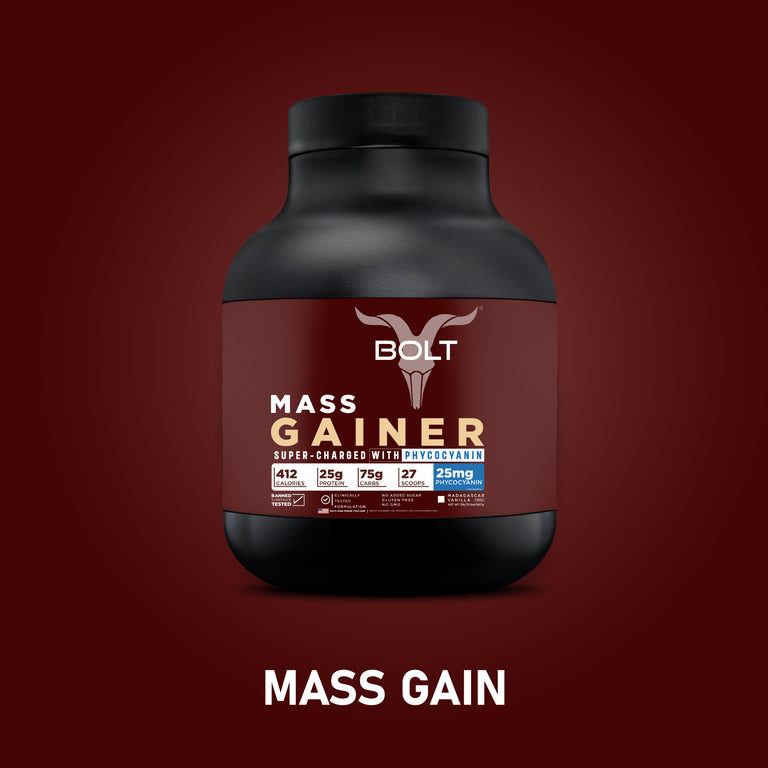
How Omega-3s Help You Recover Faster After Intense Workouts
byYou crushed your workout. Your heart’s still racing. Muscles are sore, and fatigue is setting in. But what you do after you leave the gym may matter more than the reps and sets you just completed.
While protein and rest are widely recognized as recovery essentials, one powerful nutrient is often overlooked: Omega-3 fatty acids.
These essential fats—particularly EPA (Eicosapentaenoic acid) and DHA (Docosahexaenoic acid)—are increasingly being recognized for their profound impact on muscle recovery, inflammation, and performance longevity. Let’s deep-dive into the science behind Omega-3s and why they deserve a permanent place in your recovery stack.
What Are Omega-3 Fatty Acids?
Omega-3 fatty acids are polyunsaturated fats that cannot be synthesized by the body independently. This implies they can only be gained through food or supplementation.
There are three main types:
-
EPA (Eicosapentaenoic Acid) – An omega-3 fatty acid found in marine sources known for its anti-inflammatory properties.
-
DHA (Docosahexaenoic Acid) – Essential for brain health and muscle cell membranes.
-
ALA (Alpha-Linolenic Acid) – Found in flaxseeds and walnuts; only partially converts to EPA/DHA.
While all three are beneficial, EPA and DHA are especially effective in athletic recovery and reducing post-workout inflammation.
The Science Behind Omega-3s and Muscle Recovery
1. Reduces Post-Workout Inflammation
After a tough session, your body enters a temporary state of inflammation to repair muscle tissue. Excessive inflammation hinders recovery and performance.
Omega-3s help regulate the inflammatory response by:
-
Decreasing levels of pro-inflammatory cytokines
-
Enhancing the production of resolvins and protectins, compounds that support the healing process
-
Reducing C-reactive protein (CRP) — a marker of inflammation
Study Insight:
A 2011 study published in the Clinical Journal of Sports Medicine found that athletes who supplemented with Omega-3s had lower markers of inflammation and less delayed onset muscle soreness (DOMS) after eccentric exercise.
2. Boosts Muscle Protein Synthesis
One of the lesser-known benefits of Omega-3s is their ability to enhance muscle protein synthesis (MPS)—the process by which your body builds new muscle tissue.
Omega-3s help by:
- Improving the anabolic response to amino acids and insulin
- Increasing mTOR signaling, which drives protein synthesis
- Enhancing muscle cell membrane function for better nutrient uptake
In a 2016 study in The American Journal of Clinical Nutrition, older adults who took Omega-3 supplements showed 30% greater MPS than those who didn’t—even with the same protein intake.
3. Accelerates Recovery and Reduces DOMS
DOMS (Delayed Onset Muscle Soreness) usually hits 24–72 hours after training and can significantly reduce training intensity.
Omega-3s help:
- Shorten the duration of DOMS
- Reduce pain intensity
- Improve range of motion post-exercise
2017 Review: The Journal of the International Society of Sports Nutrition highlighted that 3g of daily Omega-3 reduced DOMS symptoms and improved exercise performance within just 7–14 days of supplementation.
4. Supports Joint and Tendon Health
Heavy lifting, HIIT, and endurance sports can put tremendous pressure on joints and connective tissues. Omega-3s:
- Reduce joint stiffness and cartilage breakdown
- Improve synovial fluid quality (joint lubrication)
- Help manage chronic conditions like tendonitis or arthritis
5. Improves Circulation and Nutrient Delivery
Recovery is not just about muscle repair—it's also about oxygen delivery and waste removal.
EPA and DHA enhance endothelial function (the inner lining of blood vessels), which assists the body in:
- Increasing oxygen and nutrition delivery to muscles
- Eliminating metabolic wastes like lactic acid
- Reduce exercise-induced oxidative stress
When to Take Omega-3 for Best Recovery
Timing matters. For optimal recovery benefits:
- Best Time:
Take Omega-3s within 2–4 hours after workout, preferably with a post-workout meal that includes protein.
- Dosage:
Most experts recommend 2,000–3,000 mg of EPA+DHA combined daily for athletes and active individuals.
Best Sources of Omega-3 Fatty Acids
Natural Food Sources:
- Salmon
- Mackerel
- Sardines
- Anchovies
- Tuna
Plant-Based (ALA):
- Flaxseeds
- Chia seeds
- Walnuts
- Hemp seeds
Supplements:
- Fish Oil (Most effective)
- Krill Oil (Better absorption)
- Algal Oil (Vegan)
Are There Any Side Effects?
Omega-3s are generally safe, but excessive doses (>5g/day) may cause:
- Blood thinning
- Fishy aftertaste
- Mild stomach discomfort
Always contact with your doctor before taking a fresh supplements, especially if you are taking blood thinners or other medications.
Who Can Benefit from Omega-3s?
✅ Weightlifters
✅ CrossFit Athletes
✅ Runners & Cyclists
✅ MMA & Combat Sports
✅ General Fitness Enthusiasts
✅ Persons over 30 (muscles healing declines as we age)
Final Thoughts
If you're serious about training, you must be serious about recovery.
Omega-3s are one of the few natural, research-backed solutions that improve muscle repair, reduce soreness, support joints, and even boost overall performance.
In a world obsessed with pre-workouts and protein powders, Omega-3s might be the quiet powerhouse your muscles are begging for.









